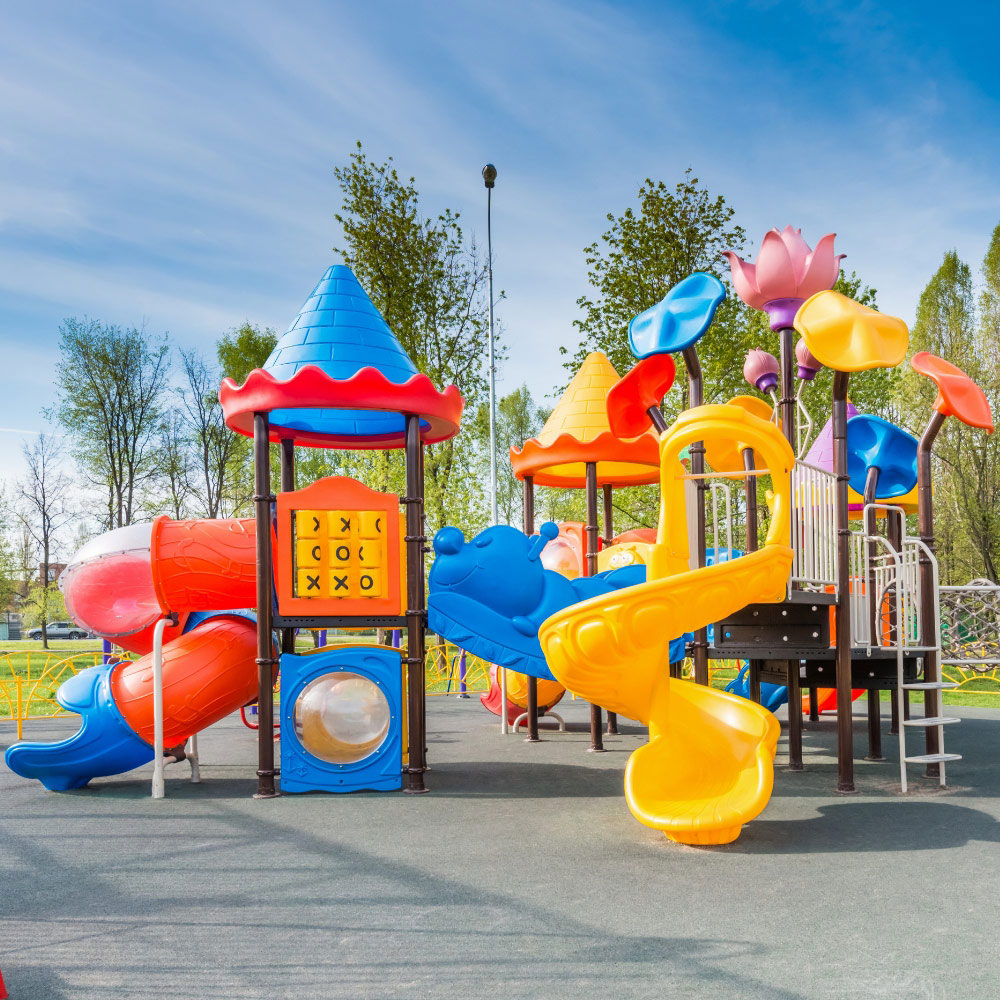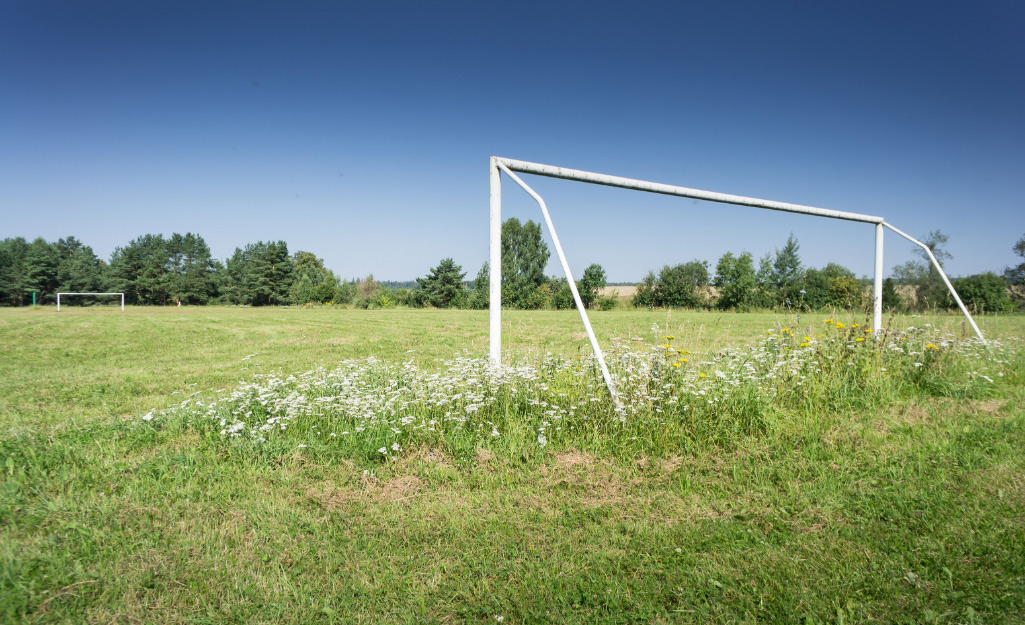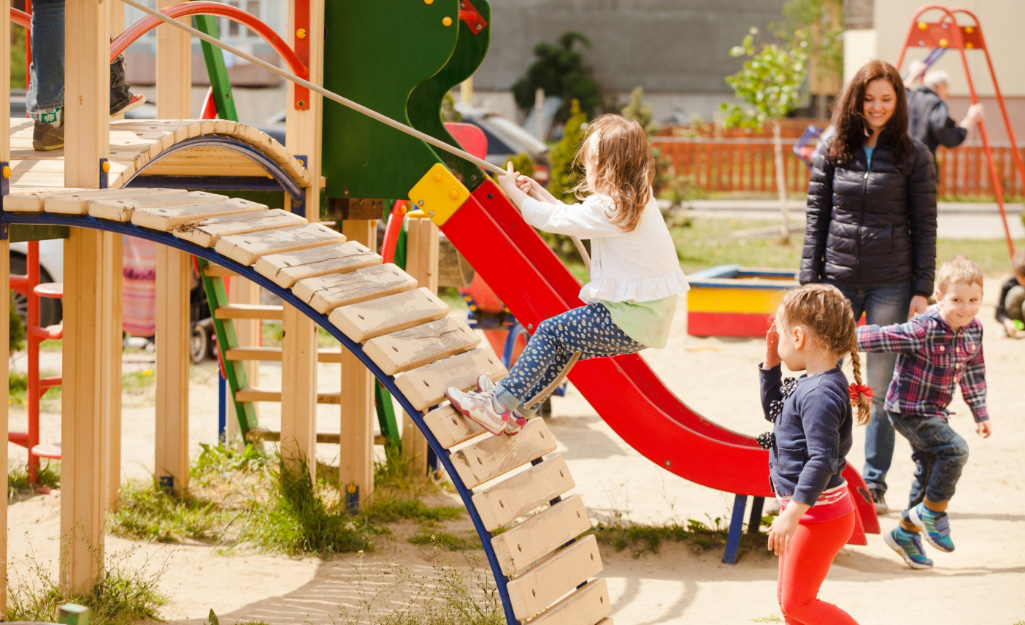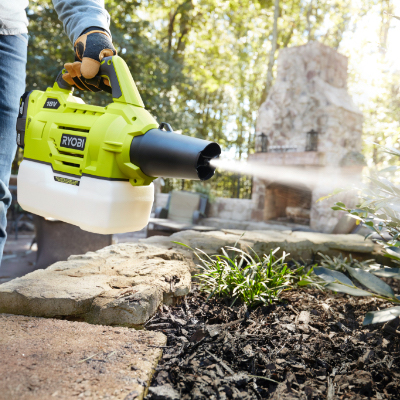5 Steps for Designing a Playground

Last updated August 12, 2024
Playgrounds provide an important feature in a community, giving kids a place to have fun while adults can socialize. To create safe, engaging and inclusive play spaces, it's important to follow a systematic approach. Understand the space and design with children and the community in mind.
In this guide, we cover five essential steps for designing a playground that meets the needs of children and the expectations of the community.
Table of Contents
Define the Objectives and Gather Requirements
Conduct Site Analysis
Develop a Conceptual Design
Refine and Detail the Design
Evaluate and Incorporate Feedback
More Tools. More Products. More Perks.
Define the Objectives and Gather Requirements

Consult with your school, community organization or other partners to understand their vision for the playground. Keep the budget in mind and note any specific guidelines or regulations that must be followed. Consider factors such as the target age group, desired play activities, safety standards and the available space.
With your objectives and requirements in mind, design your playground with fun and safety as top priorities. Anticipate as many hazards as possible and follow safety best practices when creating the layout.
Use our list of playground safety recommendations when brainstorming how to avoid hazards:
- Use guard rails to prevent falls from any equipment higher than 3 feet.
- Choose rubber flooring, mulch, wood chips or sand for padded ground.
- Fix tripping hazards like cracked cement, loose rocks and above-ground tree roots.
- Allow 6 feet between play equipment to avoid overcrowding.
- Provide shaded areas to prevent sun exposure, heat stroke and burns from heated surfaces.
- Create clear sightlines that will allow parents, teachers or other supervisors to watch children.
- Build impact mats under swing sets, slides, playsets and other equipment that may present a fall hazard.
Pro Tip: Check playground equipment to confirm it meets safety standards set by the American Society for Testing and Materials.
Conduct Site Analysis

Conducting a thorough site analysis is crucial for a successful playground design. Evaluate the existing site conditions including topography, soil quality, drainage and accessibility. Analyzing the site will help you integrate the playground within its surrounding and allow you to start thinking about landscaping.
Landscaping is essential to an attractive and engaging playground, but you don’t have to start from scratch. Take note of any natural elements, such as bodies of water, shade and existing vegetation. Preserve the trees, wildlife and topography of your playground location. Trees and bushes provide natural shade and appeal, while hills and fields encourage exploration and active play.
Once site analysis is complete, begin your design by drawing the borders of the playground, including entrances and exits. Existing roads and walkways may already connect to the designated playground area, but if not, check with your client about their plans to add walkways.
Develop a Conceptual Design

Base your design concept on your site analysis, objectives and requirements. Start by sketching out different layout options that maximize the available space and encourage diverse play experiences.
The best playgrounds accommodate children of all ages and abilities. Consider incorporating a variety of play elements, such as climbing structures, swings, slides, sensory experiences and nature-based features.
While developing your concept, keep accessibility and inclusive design principles in mind. Create opportunities for social interaction and play between children with different support needs. These factors are important for visitors with disabilities and will shape the accessibility and inclusivity of your playground.
An accessible playground includes:
- Pathways wide enough for wheelchair users
- Ramps or level transitions from one surface to the next
- A full-support swing as part of a swing set
- Activities and equipment of varied challenge levels
- Quiet areas for kids who get overwhelmed
- Sensory elements such as musical instruments or brightly colored play panels
Ensure there are plenty of circulation paths to make moving around the playground as easy as possible. These include spaces between different play areas as well as between play areas and chaperone benches.
Pro Tip: Ask about any outdoor storage opportunities for communal playground toys such as balls, wiffle ball bats and jump ropes. A storage shed can provide an easily accessible location for all playground users and an alternative to bringing them from classrooms or apartments.
Refine and Detail the Design

Once a conceptual design is established, it's essential to refine and detail the design elements. Consider the specific materials, colors and textures that you will use for various play elements, surfacing and landscaping. Ensure that the design complies with safety standards, including appropriate fall zones, impact-absorbing surfacing and secure anchoring of equipment.
Collaborate with your architectural team to create a comprehensive and feasible design plan. If you are planning on a central jungle gym fixture, align its entrances and exits with those of the playground or chaperone sitting areas.
For example, a staircase leading up to monkey bars and a slide can be aligned with a playground entrance. Either the slides or monkey bars could then be placed in front of a bench where teachers or guardians supervise play.
Encourage active play, creative exercise and sensory exploration in your playground design. A playground that lets kids choose the way they play is more engaging. Types of play include:
- Solitary—independent play like solving puzzles or doing crafts
- Sensory—stimulating play like building sandcastles or making music
- Parallel—undisturbed play alongside others such as swinging
- Imaginative—creative play like holding tea parties or roleplaying
- Active—energetic play like climbing or playing tag
- Cooperative—social play like jumping rope or playing sports
Embrace the children’s imaginations and encourage creative play by keeping designs simple. Start with a list of playground equipment to decide how many play environments you will need. Separate the play environments where necessary to ensure safety and prevent types of play from interfering with one another.
For example, a sandbox in front of a swing set is an accident waiting to happen. Additionally, kids who want to talk, daydream or use a musical toy may not have a good time if they’re surrounded by running or screaming. Passive play environments create enjoyable spaces for children who are more sensitive to stimuli or prefer quiet.
Evaluate and Incorporate Feedback

Before finalizing the playground design, seek feedback from clients and safety experts. Present the design concept and invite constructive input to address any potential concerns or overlooked aspects.
This feedback will ensure that the final design meets the expectations and requirements of all parties involved. Make necessary adjustments to the design based on the feedback received until a consensus is reached.
Whether you are building a playground for your daycare, church or neighborhood, invite involvement from the community. People will be more invested if they contribute, and thoughtful feedback can enrich the final design.
- Hold meetings or survey your community to find what they want to get out of the new playground.
- Determine the importance of fields or courts for sports.
- Ask whether the playground should include space for educational events.
- Determine the community's concern for preserving the natural environment.
Pro Tip: Arrange surveys or community discussions. Reach out early in the design process to give the community enough time to respond.
More Tools. More Products. More Perks.

Be more competitive and boost your bottom line with Pro Xtra, The Home Depot’s free loyalty program built for Pros. Sign up today to access the enhanced Pro Online Experience, built with the online business tools and time-saving features Pros need.
Save money on large orders with the Volume Pricing Program and your free Pro Xtra account. Just assemble your project list, bring it to the Pro Desk at The Home Depot and let our Pro associates get you the lowest price possible.



































